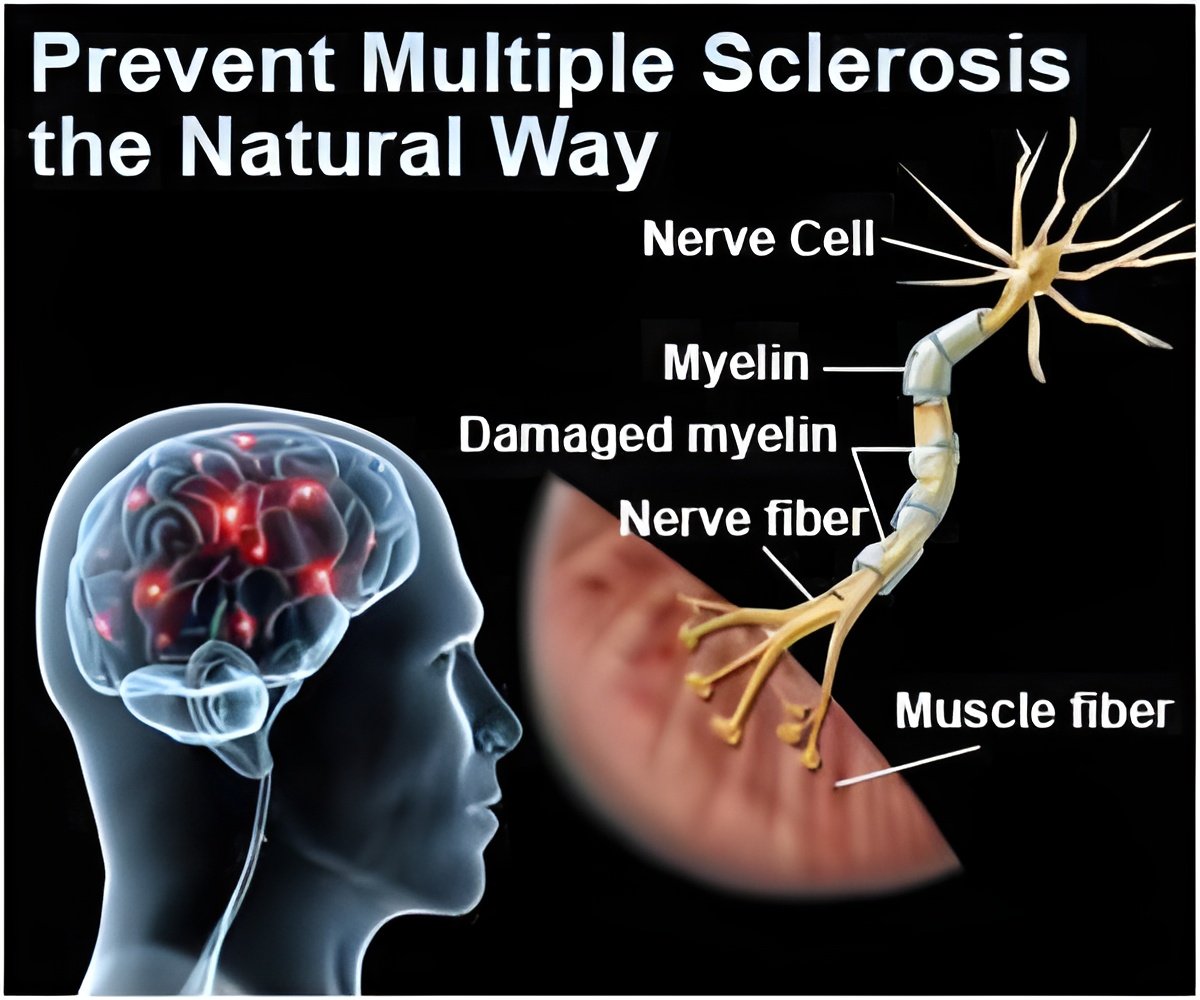
"While there are a number of drugs to treat MS, our study is the first to investigate if the concurrent use of two drugs with different modes of action would provide any additional clinical benefit without side effects," explains lead author Dr. Fred Lublin, Director of the Corinne Goldsmith Dickinson Center for Multiple Sclerosis at Mount Sinai Medical Center in New York. "The CombiRx study was designed to assess whether IFN and GA in combination was more effective than either alone in reducing relapse of MS."
The research team enrolled 1,008 participants from 68 sites in this double-blind, randomized, controlled phase III trial. Participants received IFN plus GA (499), IFN alone (250), or GA alone (259), with 30µg IFN administered intramuscularly weekly and/or 20 mg of GA injected daily. The groups were followed for three years to assess if the combination therapy reduced MS relapse rates.
Trial results found that the IFN plus GA combination did not lessen disease progression according to the Expanded Disability Status Scale (a measure of disability caused by MS) or show change in the Multiple Sclerosis Functional Composite (measure used during clinical trials to assess leg, arm, and cognitive function in MS patients) better than the individual agents over a three-year period. The combination therapy and GA alone were significantly better than IFN in reducing relapse risk. MRI findings also suggested that the IFN plus GA together were better in reducing new lesions (plaques) and total lesion accumulation than either drug alone.
Dr. Lublin concludes, "Combining two of the most commonly prescribed MS therapies did not produce significant clinical benefit, reducing relapse risk, during the three-year study period. We will continue to monitor this group to determine if the combination therapy displays positive results, particularly in reducing lesion activity, beyond the initial trial timeframe."
In a related editorial, Dr. Stephen L. Hauser, Department of Neurology Chair at University of California, San Francisco and Editor-in-Chief of Annals adds, "In the end, CombiRx was essentially a negative study, with the combination therapy doing no better than monotherapy in reducing MS relapse rate over three years. However, the continued follow-up of this group by Dr. Lublin and colleagues provides an opportunity to develop a comprehensive long-term history of MS—assessing response to first-generation therapies, possibly predicting individual disease trajectories, and understanding of treatment response. CombiRx could emerge as a model for long-term assessment, not only in MS, but across clinical neuroscience."
Advertisement














